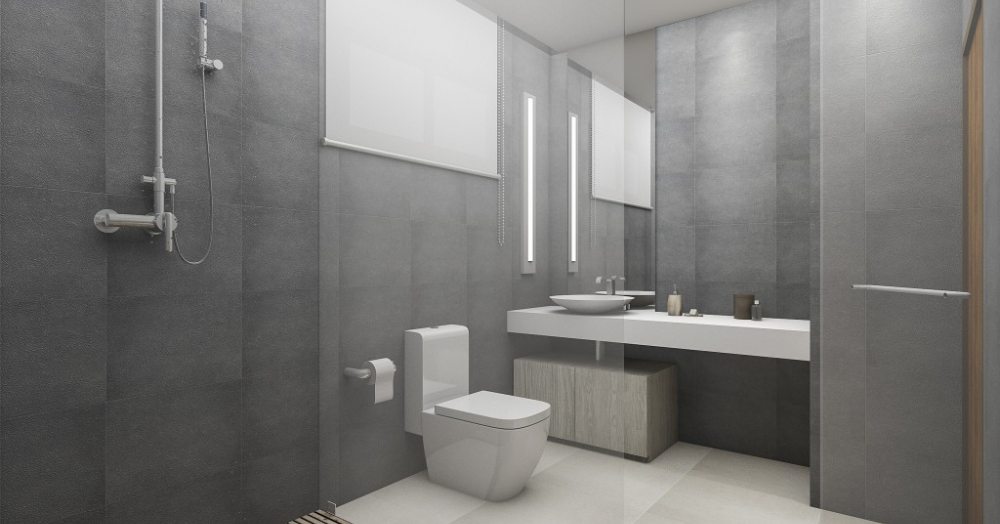
The essential guide to wet rooms
Nowadays it seems that everyone is looking at different ways to add value to their property and just as you finish one DIY project, the next renovation is waiting. Wet rooms have been increasing in popularity in the past months but many people are unsure as to whether it will work in their home.
A wet room is used to describe a shower room without a shower screen and tray, having an open and fully tiled shower area. What’s more, both big and small spaces can benefit from a wet room but if your bathroom is very small, a shower screen may be best to stop everything getting sprayed.
There are many advantages of a wet room including that they are perfect for creating a stylish, contemporary look. Bathrooms and kitchens are the two most important rooms when it comes to buying and selling a home so as a second bathroom, a wet room can vastly increase the value of your home.
However, wet rooms can be expensive and need to be tiled from ceiling to floor. Even if you think yourself a DIY pro, installation of a wet room is a job for the professionals as there needs to be appropriate water drainage and you can’t afford to get this bit wrong! You should also remember that swapping a main bathroom for a wet room could make your home less saleable – most buyers want at least one bath.
Many people are worried that a wet room will leak, as the idea of having a room, which fills up with water isn’t a positive one. Yet, take note that a wet room is purpose built to contain water – something that a regular bathroom isn’t designed to do.
One of the most common questions when it comes to wet rooms is about what tiles to use. Whilst tiles may be the most popular option for floor to ceiling use, a sheet of vinyl on the floor can be used for a cheaper alternative. If you decide to go for tiles, choose non-porous bathroom tiles such as ceramic or porcelain. Porous tiles like slate, marble and limestone need sealing every few months to prevent water damage and remember to only use floor tiles specifically for bathroom floors so they aren’t slippery.
There are a number of design options when it comes to a wet room. If you can’t do without a bath then divide your room into three and cleverly use the space between the bath and toilet to create a mini wet room with shower screen. Likewise, a recess or alcove in your bathroom can be put to great use by creating a wet room area. When it comes to colour palettes, monochrome and grey work well as does marble. Installing under floor heating in your wet room is also advised, as it will help keep your feet toasty and helps to dry out the water on the floor.
The overall price of installing a wet room is usually between £5,000 to £10,000. Once you make the decision, you can either opt for a specialist company or hire a separate builder, plumber and tiler. Whilst it may seem like a large sum, the value added to your property can be higher and for a contemporary house, there is no better option